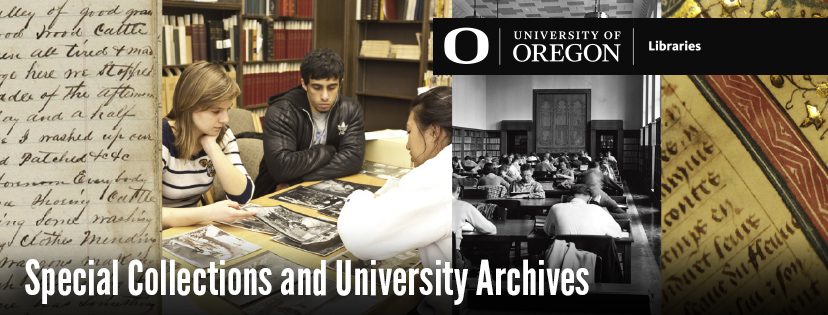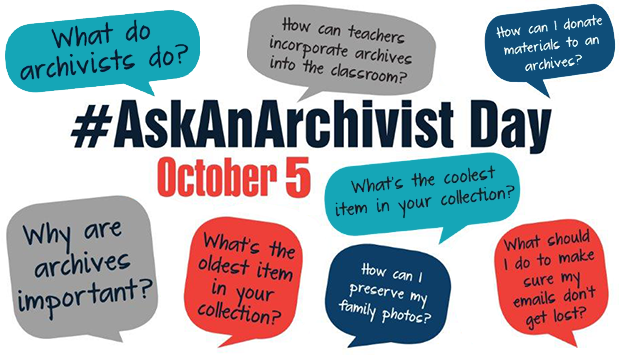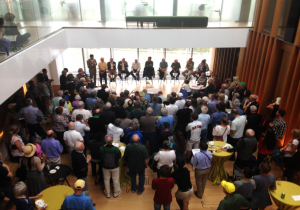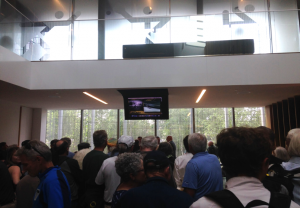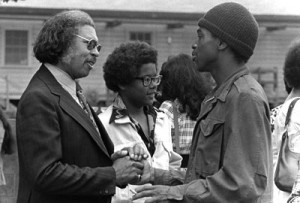Telling the Stories: Documenting Black Student Activism at UO
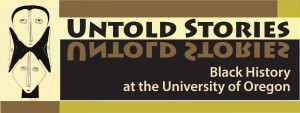 This is the first of a series of blog posts highlighting the ongoing work of the Documenting UO History Project within the University Archives. A major part of this project is researching and documenting the often untold and hidden histories of the university’s diverse and underrepresented communities. This year our focus will continue to focus on Black history on campus, specifically Black student activism from the 1960s to present.
This is the first of a series of blog posts highlighting the ongoing work of the Documenting UO History Project within the University Archives. A major part of this project is researching and documenting the often untold and hidden histories of the university’s diverse and underrepresented communities. This year our focus will continue to focus on Black history on campus, specifically Black student activism from the 1960s to present.
Although the civil rights era was decades ago, it has become increasingly obvious that racism continues to plague cities large and small from coast to coast — our university, city and nation is in the midst of massive change. In recent years, campus activist groups like the Black Student Union and Black Lives Matter have addressed racism and systematic marginalization of African Americans on the Oregon campus and in the community. Last year, the Black Student Union released a list of 12 demands to address racial discrimination and cultural intolerance. One of the first listed demands was the immediate action to rename all the buildings named after individuals with ties to racist groups or ideologies, including Deady Hall and Dunn Hall. Through an established renaming process involving detailed reports from historians, President Schill announced the immediate renaming of Dunn Hall (now tentatively named Cedar Hall). Yet the status of Deady Hall still remains unknown until further review and consideration (see full message regarding the building renaming from President Schill). Interestingly, the list of demands submitted in 2016 is strikingly similar to the list of demands that the Black Student Union released nearly 40 years earlier in 1968, including the demands for more Black faculty, improved funding for Black students, and increased curriculum on Ethnic Studies, just to name a few. Why are these lists so similar and what does it say about the intervening years? This year we will be investigating this history and questions as part of the larger series within the Documenting UO History project.
